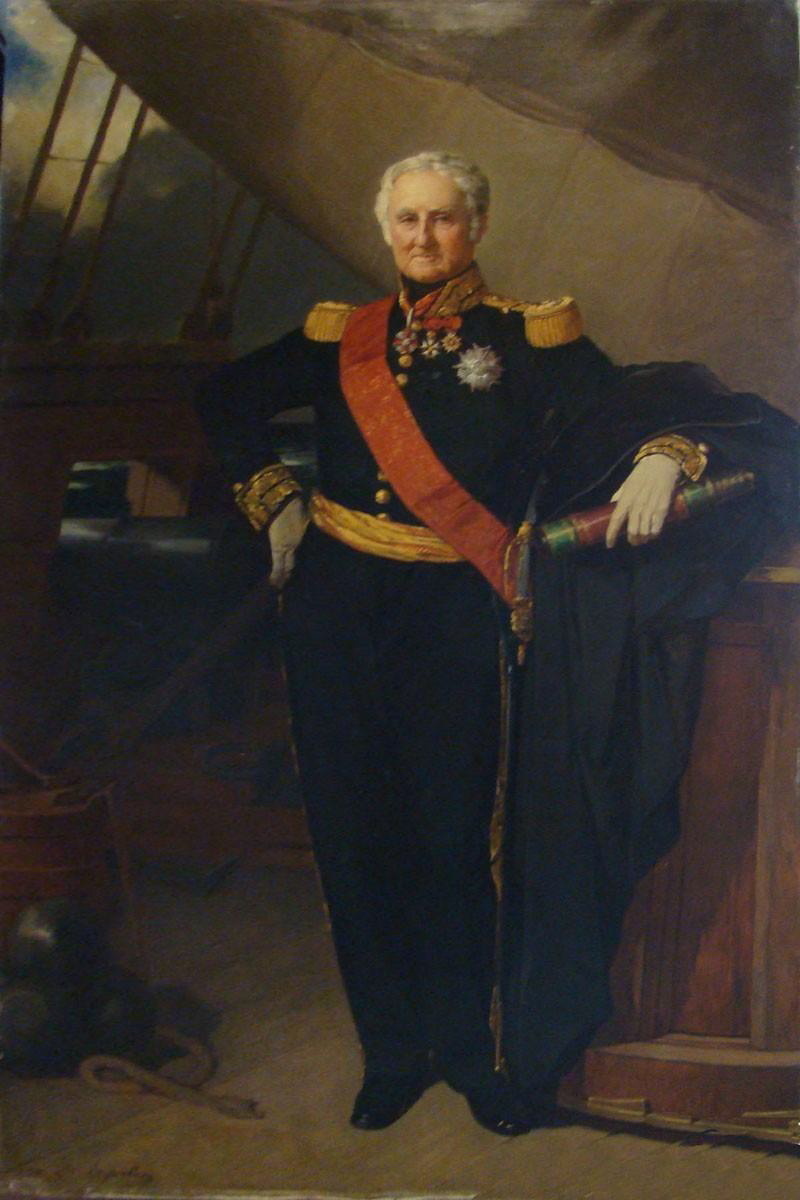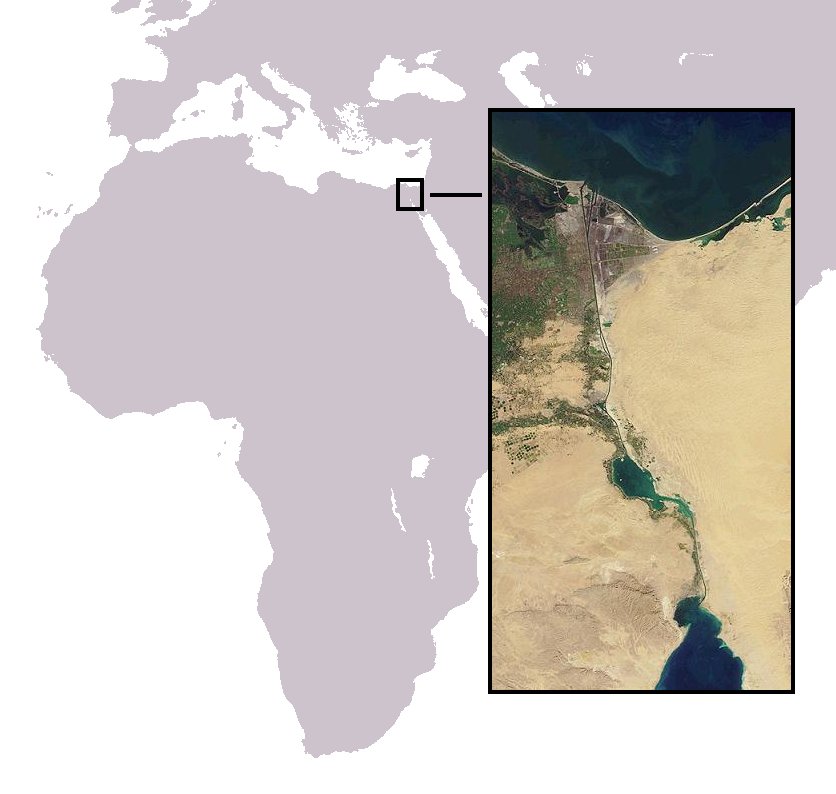|
French Ship Créole
Six ships of the French navy have bourn the name ''Créole'' in honour of Creole peoples. Ships named ''Créole'' * (1797), a 40-gun frigate * ''Créole'' (1806), a brig that campaigned in the Indian Ocean under Jacques BergeretQuintin, p. 58 * (1809), a 10-gun brig-sloop * (1829), a 24-gun corvette * ''Créole'' (1833), a schooner * (Q193), an that saw action in the Suez Crisis References Bibliography * * * {{DEFAULTSORT:Creole, French Ship French Navy ship names ... [...More Info...] [...Related Items...] OR: [Wikipedia] [Google] [Baidu] |
French Navy
The French Navy (, , ), informally (, ), is the Navy, maritime arm of the French Armed Forces and one of the four military service branches of History of France, France. It is among the largest and most powerful List of navies, naval forces in the world recognised as being a blue-water navy. The French Navy is capable of operating globally and conducting expeditionary missions, maintaining a significant Standing French Navy Deployments, overseas presence. The French Navy is one of eight naval forces currently operating Fixed-wing aircraft, fixed-wing aircraft carriers,Along with the United States Navy, U.S., Royal Navy, U.K., People's Liberation Army Navy, China, Russian Navy, Russia, Italian Navy, Italy, Indian Navy, India, and Spanish Navy, Spain with its flagship being the only Nuclear marine propulsion, nuclear-powered aircraft carrier outside the United States Navy, and one of two non-American vessels to use Aircraft catapult, catapults to launch aircraft. Founded in the ... [...More Info...] [...Related Items...] OR: [Wikipedia] [Google] [Baidu] |
Creole Peoples
Creole peoples may refer to various ethnic groups around the world. The term's meaning exhibits regional variations, often sparking debate. Creole peoples represent a diverse array of ethnicities, each possessing a distinct cultural identity that has been shaped over time. The emergence of creole languages, frequently associated with Creole ethnicity, is a separate phenomenon. In specific historical contexts, particularly during the Early modern period, European colonial era, the term ''Creole'' applies to ethnicities formed through Human migration, large-scale population movements. These movements involved people from diverse linguistics, linguistic and culture, cultural backgrounds who converged upon newly established colony, colonial territories. Often involuntarily separated from their ancestral homelands, these populations were forced to adapt and create a new way of life. Through a process of cultural amalgamation, they selectively adopted and merged desirable elements fr ... [...More Info...] [...Related Items...] OR: [Wikipedia] [Google] [Baidu] |
Jacques Bergeret
Jacques Bergeret (; Bayonne, 15 May 1771 - Paris, 26 August 1857) was a French naval officer and admiral. Biography Bergeret was born in Bayonne on 15 May 1771, and joined the merchant navy at the age of 12, when he sailed to Pondicherry aboard the merchantman ''Bayonnaise''. Two years later, he volunteered for the French Royal Navy on the corvette ''Auguste'', bound for an exploration campaign in the Red Sea. In 1786, Bergeret returned to the merchant navy, and quickly rose to the rank of second lieutenant. Prior to 1792, he sailed mostly to Mauritius. At the French Revolution, Bergeret joined the Navy as an ensign, in April 1793. He served in convoy escorts aboard the frigate ''Andromaque'' and later aboard the corvette ''Unité'', notably fighting HMS ''Alceste''. Promoted to lieutenant, Bergeret was put in command of the frigate ''Virginie'', and served in Villaret-Joyeuse's squadron in Brest. He distinguished himself in the Battle of Groix, and was promoted to Captain ... [...More Info...] [...Related Items...] OR: [Wikipedia] [Google] [Baidu] |
Suez Crisis
The Suez Crisis, also known as the Second Arab–Israeli War, the Tripartite Aggression in the Arab world and the Sinai War in Israel, was a British–French–Israeli invasion of Egypt in 1956. Israel invaded on 29 October, having done so with the primary objective of re-opening the Straits of Tiran and the Gulf of Aqaba as the recent tightening of the eight-year-long Egyptian blockade further prevented Israeli passage. After issuing a joint ultimatum for a ceasefire, the United Kingdom and France joined the Israelis on 5 November, seeking to depose Egyptian president Gamal Abdel Nasser and regain control of the Suez Canal, which Nasser had earlier nationalised by transferring administrative control from the foreign-owned Suez Canal Company to Egypt's new government-owned Suez Canal Authority. Shortly after the invasion began, the three countries came under heavy political pressure from both the United States and the Soviet Union, as well as from the United Nations, even ... [...More Info...] [...Related Items...] OR: [Wikipedia] [Google] [Baidu] |


